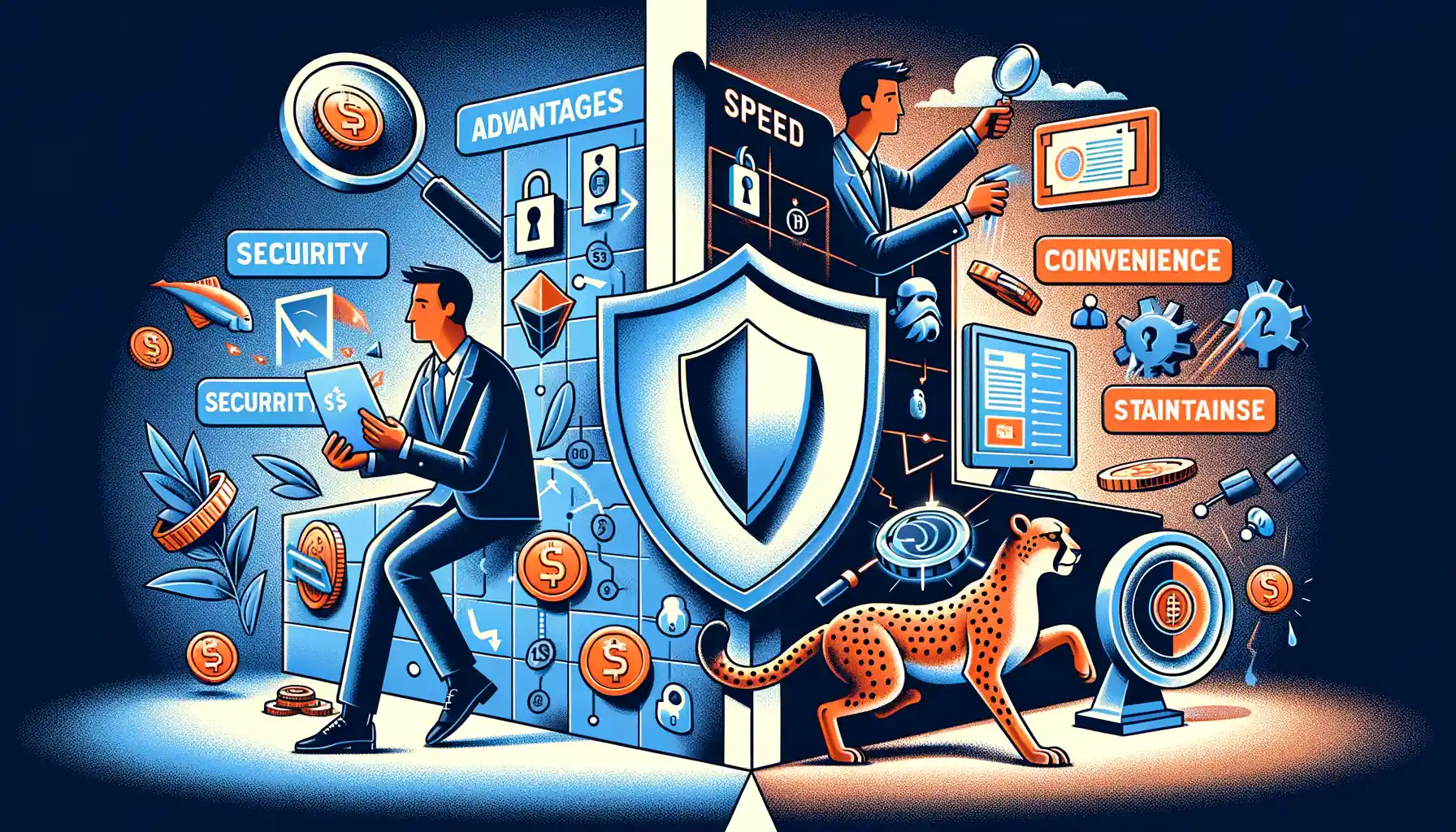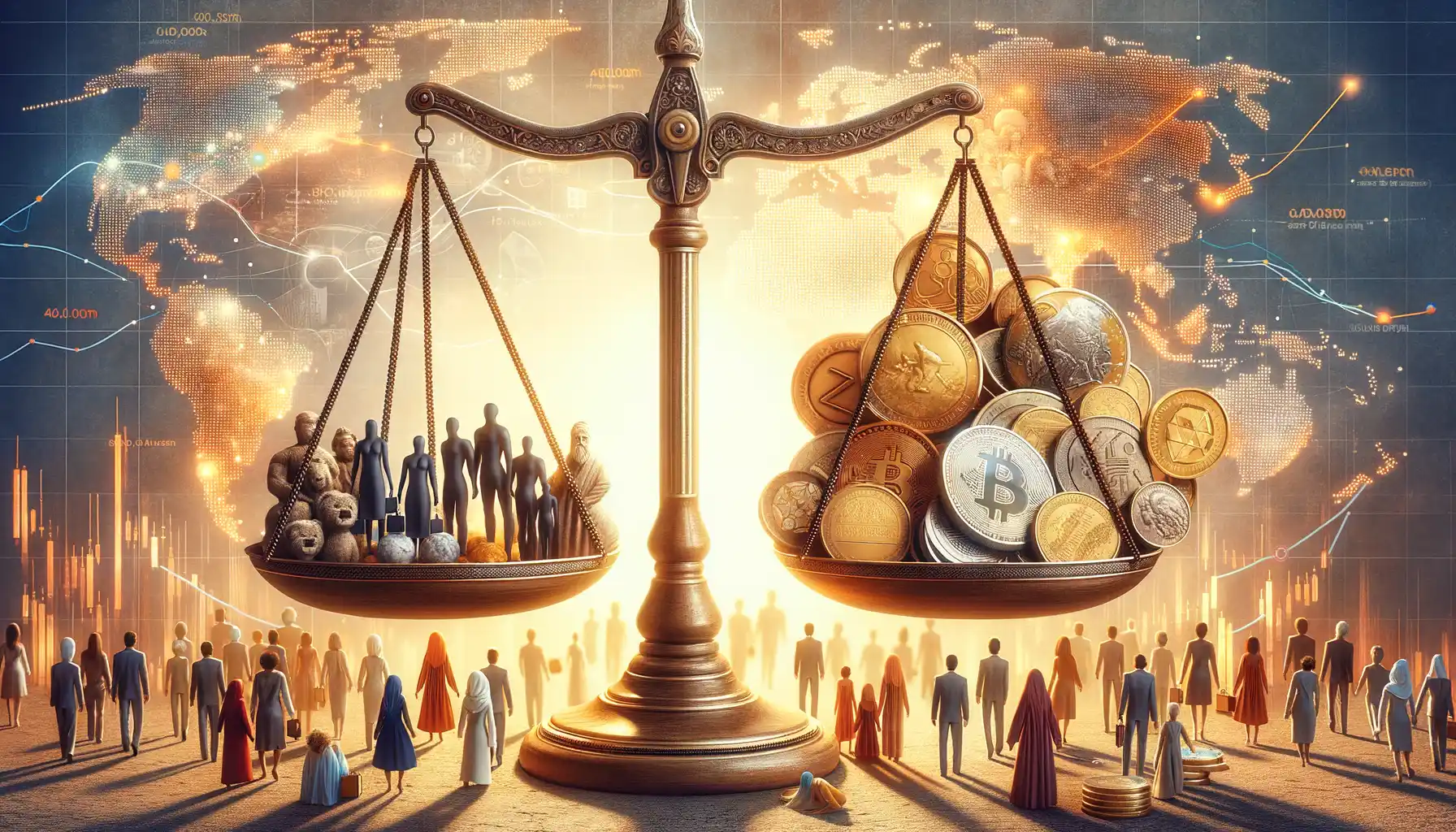The Evolution of Money in the Digital Age
From Bartering to Blockchain: A Leap Through Time
Money has always been humanity’s ultimate shape-shifter. It began as shells, grains, and shiny metals tucked into leather pouches. Then came crisp banknotes, coins jingling in pockets, and finally plastic cards—tiny rectangles that felt like magic wands at checkout counters. But now, we’re living through something revolutionary. The digital age has shaken the very foundation of money, morphing into an intangible force that travels at lightning speed.
Think about it for a moment: when was the last time you physically touched cash? Between swiping, tapping, and scanning QR codes, the transformation is already here. And it’s not just PayPal or your bank’s app. The rise of blockchain technology, cryptocurrencies like Bitcoin and Ethereum, and even state-backed Central Bank Digital Currencies (CBDCs) is flipping the financial script.
- Digital wallets: Your phone, your wallet, and your financial assistant—all in one.
- Contactless payments: A quick tap replaces the clunky “count-the-change” moments.
- Borderless currencies: Bitcoin doesn’t need a passport; it’s accepted globally.
What’s fascinating is how this digital metamorphosis isn’t just about convenience—it’s creating entirely new ways to think about ownership, trust, and even identity.
The Role of Digital Currencies and CBDCs

Why Digital Currencies Are Stealing the Spotlight
Imagine a world where cash never crumples in your pocket, coins don’t jingle awkwardly, and payments glide effortlessly through the digital ether. That’s the charm of digital currencies. Think of these as money reimagined—purely digital, no need for paper or metal. From cryptocurrencies like Bitcoin to government-backed Central Bank Digital Currencies (CBDCs), these innovations are shaking up how we think about value.
Why? Because they promise more than convenience:
- Speed: Transfers happen faster than you can blink—well, almost.
- Inclusivity: Even those without traditional bank accounts can participate.
- Transparency: Every transaction lives on a digital ledger, reducing shady dealings.
- Global Reach: Forget currency exchange; these work across borders.
But let’s not forget—the buzz around digital currencies isn’t just tech hype. It’s also a story of control. Cryptocurrencies give power to individuals, while CBDCs offer governments a tool to refine monetary policies with precision. Different visions, same goal: to redefine what money means in the 21st century.
CBDCs: A New Dawn or Another Layer of Surveillance?
Picture this: you’re buying your morning coffee via your central bank’s own app, paying directly with your digital wallet. This is the world of CBDCs, a concept where central banks issue digital money alongside—or instead of—cash. It’s futuristic, sure. But it has its quirks.
For one, governments love the idea because it enables:
- Real-time data on economic trends and consumer behavior.
- Enhanced security by minimizing counterfeit risks.
- Streamlined tax collection—you can’t hide cash under your mattress anymore.
Still, let’s not ignore the elephant in the room: privacy. With every transaction recorded and potentially monitored, CBDCs could blur the line between effective policymaking and intrusive surveillance. It’s a double-edged sword, one that demands careful balancing. Will digital currencies set us free or wrap us in new restrictions? Only time will tell.
Advantages and Challenges of Digital Cash

Why Digital Cash Feels Like a Game-Changer
Imagine paying for your morning coffee with a simple tap, no fumbling for coins or waiting for change. That’s the promise of digital cash: instant, seamless transactions at your fingertips. With digital wallets and Central Bank Digital Currencies (CBDCs) on the rise, we’re stepping into a world where money is as frictionless as sending a text message.
- Convenience: Forget ATM runs—digital cash lets you pay anytime, anywhere.
- Speed: Wire transfers and payments that took days now happen in seconds.
- Accessibility: No bank account? No problem. Digital cash levels the playing field for the unbanked.
But even shiny innovations have their shadows. With digital cash comes a loss of the anonymity we’ve long enjoyed with physical currency. Would you be comfortable knowing your every transaction could be traced back to you? For some, this feels like handing over a diary of spending habits.
Navigating the Challenges of a Cashless World
Security looms large—what if your digital wallet gets hacked? It’s not just theoretical: cybercriminals are one step ahead, exploiting vulnerabilities in systems designed to protect us. And then there’s the question of reliability. What happens when technology falters during a power outage, or when your internet connection betrays you mid-purchase?
Transitioning to digital cash isn’t all smooth sailing. It forces us to rethink privacy, adapt habits, and trust systems we don’t fully control yet. It’s exciting, yes, but it also asks us to venture into uncharted territory—a leap into a truly digital future.
Impacts on Society and Financial Systems

How Digital Cash Shapes Our Daily Lives
Imagine a world where the jingling of coins is replaced by the silent hum of algorithms. The rise of digital cash isn’t just an upgrade—it’s a revolution. For society, it means more than just faster payments; it’s a fundamental shift in how we connect, live, and even think about money.
For families that rely on international remittances, sending money home no longer takes days or hefty fees. With just a few taps, funds arrive almost instantly. Think of the small café owner who can finally avoid those bulky card payment systems and embrace seamless, direct transactions with their customers through mobile applications.
And there’s more:
- Financial inclusion: For people without access to traditional banks, digital currencies offer a lifeline—a direct entry point into the global economy.
- Empowered consumers: Real-time access to every transaction brings transparency like never before, fueling smarter spending habits.
The Ripple Effect on Financial Infrastructure
Banks, as we know them, are undergoing a personality shift. They’re no longer just vaults for our savings—they’re evolving into tech powerhouses. With the rise of Central Bank Digital Currencies (CBDCs), governments have a chance to streamline monetary policy like adjusting interest rates in real time. But paradoxically, this also gives central authorities unprecedented oversight of our wallets.
Picture this: A world where loose change might vanish forever, sparking debates around privacy. Will we embrace this brave new digital ecosystem… or yearn for the independence of physical cash? It’s a question that every society must answer uniquely.
Future Trends and Predictions in Monetary Technology

Revolutionizing Payments: What’s Coming Next?
The future of money is dazzling, almost like stepping into a sci-fi movie. From wallets that fit in our pockets to ones that sit in the cloud, we are on the brink of a monetary revolution. But what’s next? The heartbeat of innovation suggests some exhilarating shifts.
Imagine paying for your morning coffee with a wave of your smartwatch. Or, better yet, what if microtransactions became seamless? Think about tipping an artist in another country with a blink of an eye—no apps or third parties blocking the flow. This isn’t far-fetched anymore as technologies like blockchain and IoT (Internet of Things) continue to tear down barriers.
- Programmable money: What if your paycheck could automatically allocate funds for rent, savings, or that new gadget you’re eyeing?
- Biometric payments: Your face or fingerprint might just be the ultimate wallet.
The Rise of AI-Powered Financial Tools
With the surge of artificial intelligence, your finances could feel like they have their own personal assistant. Imagine algorithms analyzing your spending habits—not to judge you for splurging on shoes—but to suggest smarter savings strategies. And fraud prevention? It’s about to get razor-sharp. AI would sniff out suspicious activity as if it had a sixth sense for shady moves.
But what excites me most? The potential of merging AI with decentralized platforms like DeFi. Picture this: a self-driving car paying for its own insurance or repairs. This might sound like science fiction, but the technology is racing towards these horizons faster than we can imagine.

